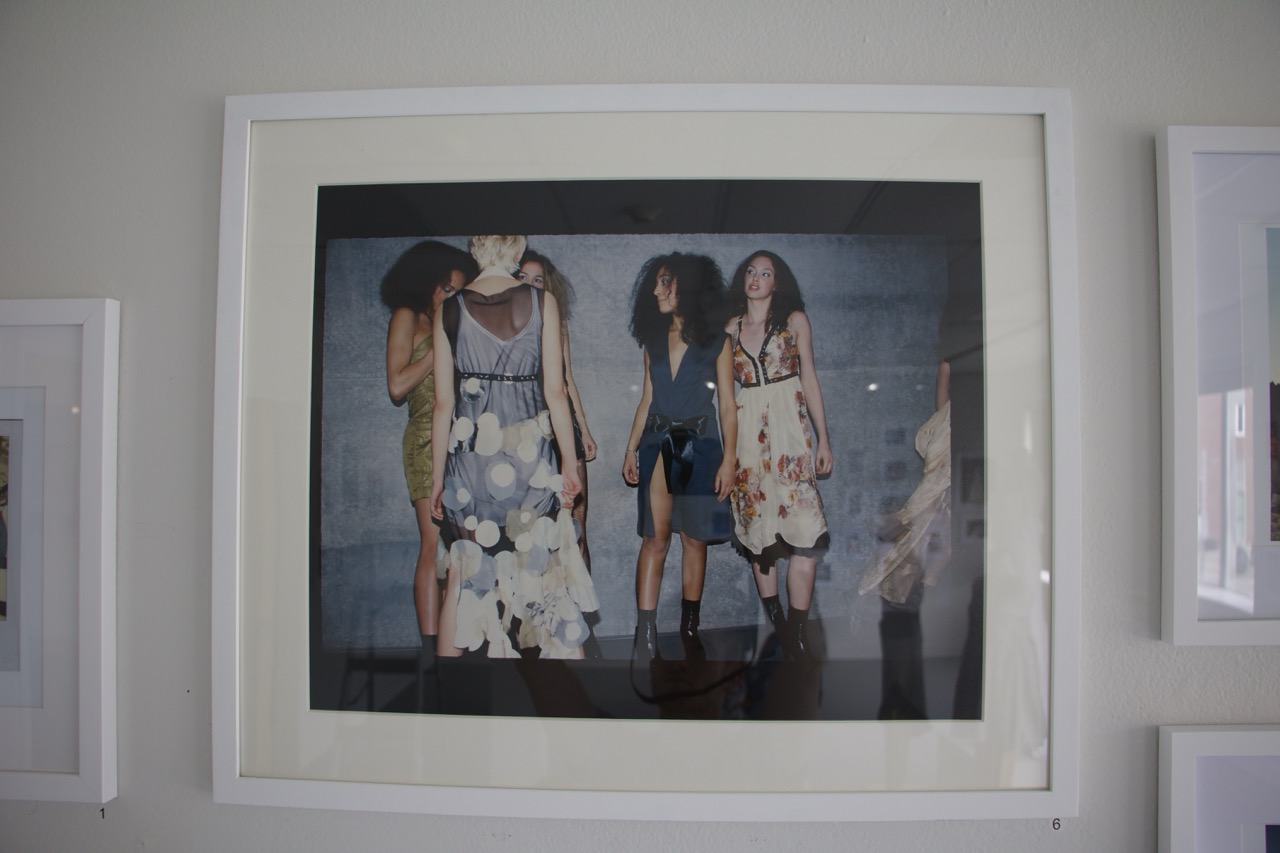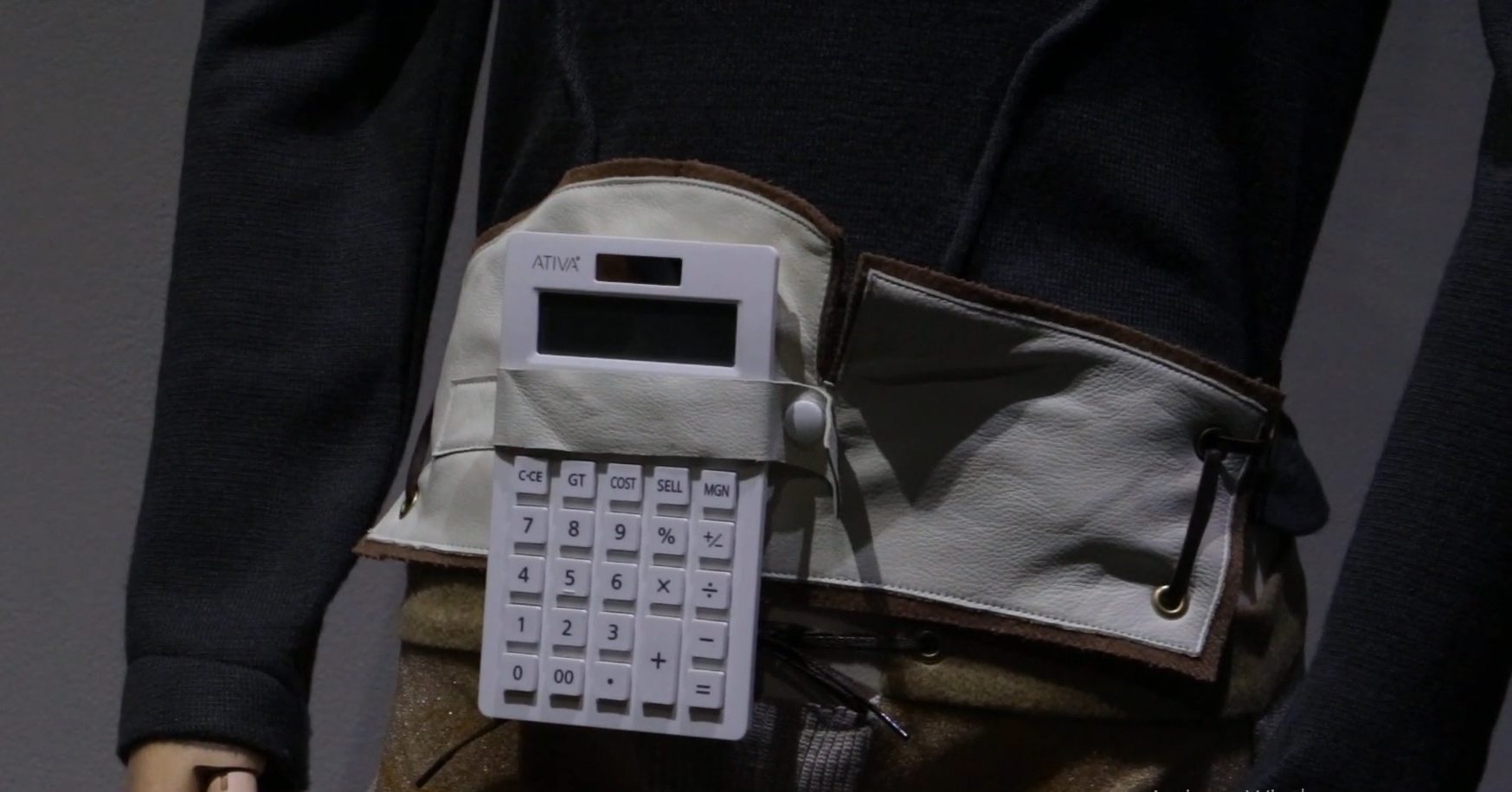Fashion
Portland Fashion in the Aughts – Vanguard

Performers push and serve rolling carts of drinks. Models appear walking down the runways with fake guns. One even has a Molotov cocktail that shoots flames. These scenes attracted the community, with local bands and live music playing during the runway shows.
This is just one moment out of Portland’s fashion scene in the 2000s. Artists obtained warehouses for these hand-created fashion shows through barter or working overtime. Through the early 2000s and 2010s, the Portland fashion scene reached new points of growth. At the time, themed fashion shows—such as “airplanes”—flourished.
Portland Fashion in the Aughts is an ongoing gallery within the PSU Art Building and Art Annex on the Portland State University campus. The exhibit displays a vibrant glimpse into a transformative era where local creativity flourished in defiance of mainstream trends—solidifying the city’s identity as a hub of DIY fashion innovation. Former fashion managing editor of The Mercury, Marjorie Skinner is the Independent Curator, Producer and Editor for this gallery and facilitator of its “oral storytelling.”
Fashion plays a role as a signifier within modern society.
“This is really the decade where our lives really kind of crossed over a digital divide,” said Skinner. She continued to describe how during this decade, “[You] signified your identity in a lot of ways by what you even wore.”
Skinner described the clothes and apparel as a manifestation of who each person is.
“Portland, at that time, was just really embracing it,” said Skinner. “It has been described as the physical manifestation of what people who were plugged into the art scene here could have as an extension of their interests.”
PSU’s new minor, Sustainable Fashion, sponsors the exhibition. The minor aims to think about the fashion system in “a different way and a more sustainable ethical way,” said Alison Heryer, Professor of Textile Arts & Costume Design.
In the exhibit, stood a cluster of photographs and garments by Liza Rietz, Clothing Designer and Instructor of the Sustainable Fashion Program. Rietz is one of the most prevalent designers in this aspect of Portland’s fashion history having worked at the Portland Fashion Institute.
The Sustainable Fashion minor serves “as an opportunity to add a couple more classes that are more fashion focused, but still use traditional textile processes, combining them with new technology to then think about how you can research, ideate, and produce clothing in more ethical ways.”
The Sustainable Fashion minor will partner with the PSU School of Business, promoting entrepreneurial skills, opportunities to start businesses and local apparel industries.
“A lot of the folks who grew up here had already grown up with this kind of ethos around… [a] want to do natural fibers and recycle everything,” said Skinner. Within the Portland fashion scene, the designers were “mainly upcycling and taking found materials or very cheap materials from yard sales or the Goodwill bins and reworking those, which has become common practice today.”
This ethos of preservation is what distinguishes Portland fashion from the typical scene at the time.
“At the time that [practice] was not fashion,” said Skinner. “Maybe we’re doing that, but it was not part of the fashion definition.” As for Portland specifically, “People were really embracing this upcycling approach.”
The shift from film to digital photography during this decade led Skinner to scan early photographs, using advanced techniques in Photoshop and AI to enhance and restore them. This modern approach adds depth to the vintage material while honoring the original work.
Within the exhibition, two forms of looping video play in the background or forefront of the experience. Upstairs in the gallery, the exhibition features interviews with community members.
“It’s everything from… introductions, to who these folks are, to asking people to talk specifically about how they were approaching sustainability topics at the time… now [we’re] looking for perceived connections between what’s happening in fashion today and what was going on here back then… looking for those through lines…” said Skinner.
Downstairs curators lined the pieces along mannequins. Skinner digitized VHS tapes from basements that nobody had seen in 20+ years. Fashion Shows from 2001 to 2004 play on a projected screen—as if they are walking the runway right in front of you. As visitors explore the gallery, the tapes play on a projected screen—making the exhibit unique to each guest.
Fashion isn’t just about aesthetics. It’s deeply intertwined with cultural identity, economics, technology and personal expression. This broad relevance makes it a rich topic for exploration in many academic programs.
“Fashion and textiles are ubiquitous,” said Heryer. “Everybody has a relationship with them every day. We all get dressed, so it fits into not just the art program, not just the film program, not just the theater program, but, [also] like gender and race studies, the business school, science and engineering in terms of how these kinds of things are made…”
Portland Fashion in the Aughts depicts a unique history within the local community during the early 2000s. The rich archives serve as a reminder of how local creativity can challenge norms, foster community and inspire a more sustainable future in the world of textiles and design.
Portland Fashion in the Aughts is free and open to the public through Oct. 31 at the AB Lobby and MK Galleries within the PSU Art Building and Art Annex.




.jpg)





